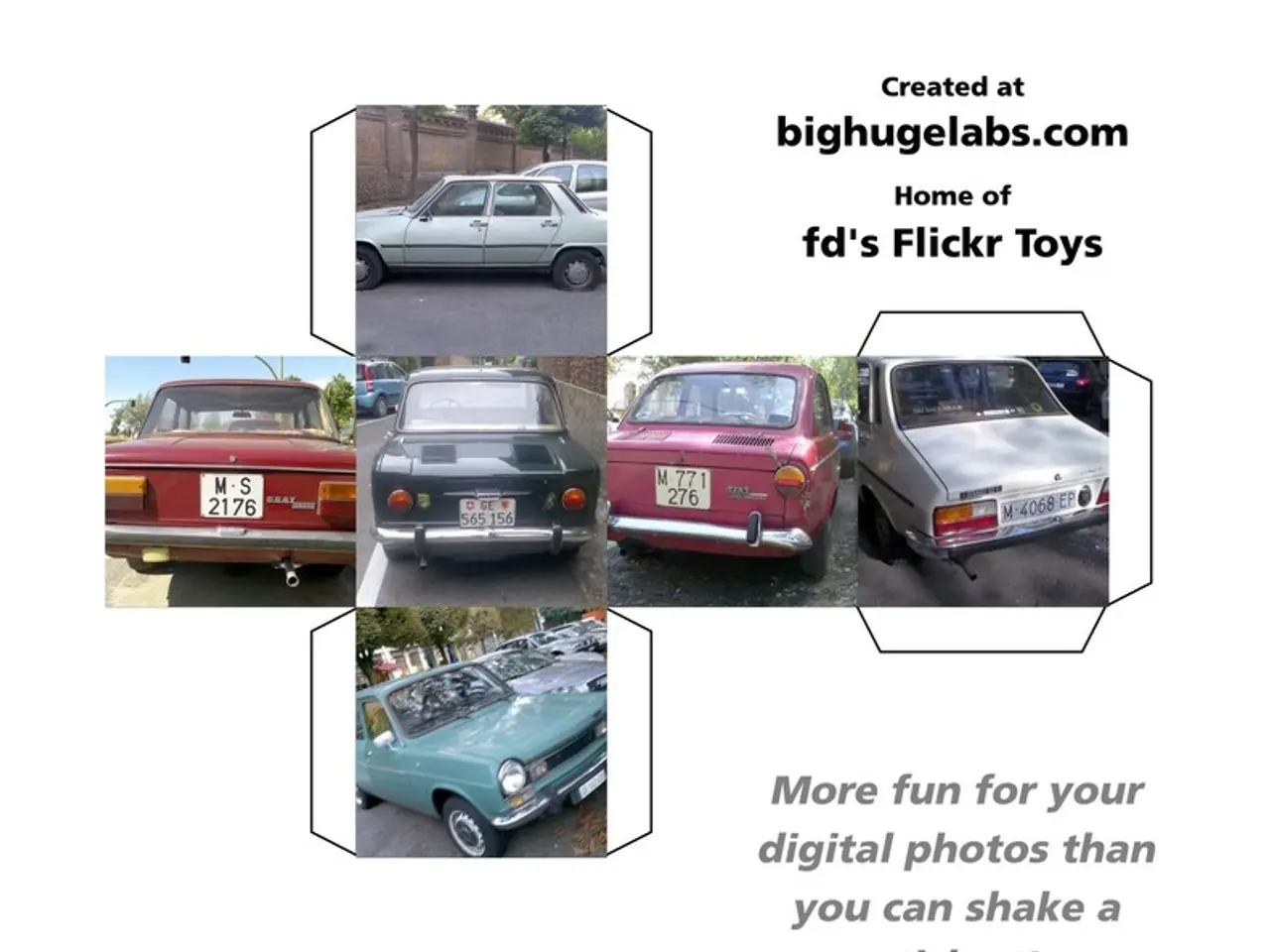Industry Shift Under De Meo's Leadership - European Auto Sector on the Verge of Change
The European Automobile Manufacturers' Association (ACEA) has published a groundbreaking manifesto, the #FutureDriven Manifesto, outlining its vision, proposals, and a roadmap for driving the mobility revolution. The manifesto calls for a united front among public stakeholders, political candidates, the EU, national, and local authorities to engage in a constructive dialogue about zero-emission vehicles (ZEVs).
In the face of mounting air pollution and urban congestion, ACEA is reshaping its positioning to position the automotive industry as part of the solution. The manifesto suggests looking at issues from a 360-degree perspective, beyond traditional industry boundaries, with a comprehensive view of the real issues.
Making ZEVs, including small electric vehicles (EVs), in Europe is a challenge that requires unity among all parties. The manifesto proposes a holistic approach to automotive industry challenges, advocating for a cohesive industrial policy that encompasses the entire value chain. Adequate, fit-for-purpose incentive schemes are needed on the demand side for ZEVs to ensure their success.
The real issues now cut across classic sectors such as automotive, mining, energy, and infrastructure. Strategic autonomy and resource protection can be achieved by focusing on ZEVs. Research on recycling technologies should be prioritized for automotive circularity. Satisfactory charging infrastructure deployment is necessary for the success of ZEVs.
Public participation is crucial for supply chain securitisation in the context of ZEVs. The manifesto also emphasises the importance of smart solutions promotion, even at the urban authority level, for the success of ZEVs. Job creation in Europe is a potential outcome of addressing the challenge of making ZEVs correctly.
The European automotive industry is facing a significant regulatory challenge in the coming years. The Net-Zero Industry Act, Critical Raw Materials Act, PFAS regulation, CO2 standards for light vehicles, large batteries regulation, and General Safety Regulation are among the EU commitments with deadlines before 2030. It is crucial to carefully examine these commitments to determine their achievability and cost.
The Japanese kei car is an example of what can be achieved in Europe with financial support and smart policy design for ZEVs. Competitiveness can be ensured through affordable and green energy supply for ZEVs. ACEA has been working to be more connected to the mobility ecosystem, more assertive, and communicating with the public opinion, not just policy makers.
The author of the ACEA manifesto is not explicitly named in the available sources; it is issued by ACEA as a collective voice representing Europe's major car, truck, van, and bus makers. The manifesto is a call to action, a step towards a cleaner, greener, and more sustainable future for the automotive industry in Europe.
In conclusion, the #FutureDriven Manifesto presents a comprehensive roadmap for the mobility revolution, focusing on ZEVs as the key to reducing air pollution, alleviating urban congestion, and creating jobs in Europe. By working together, the automotive industry, policy makers, and the public can drive this revolution and shape a brighter, more sustainable future.








